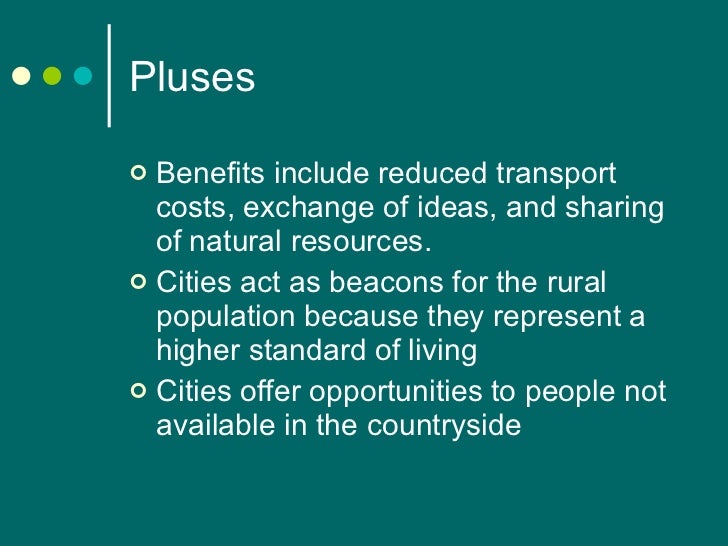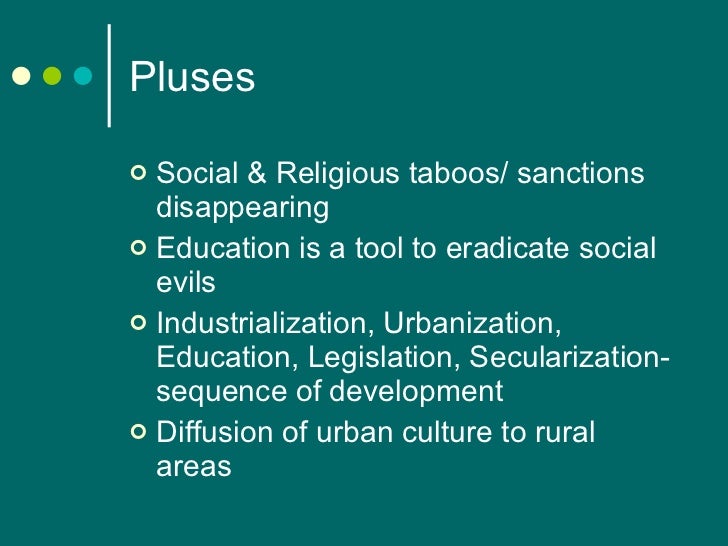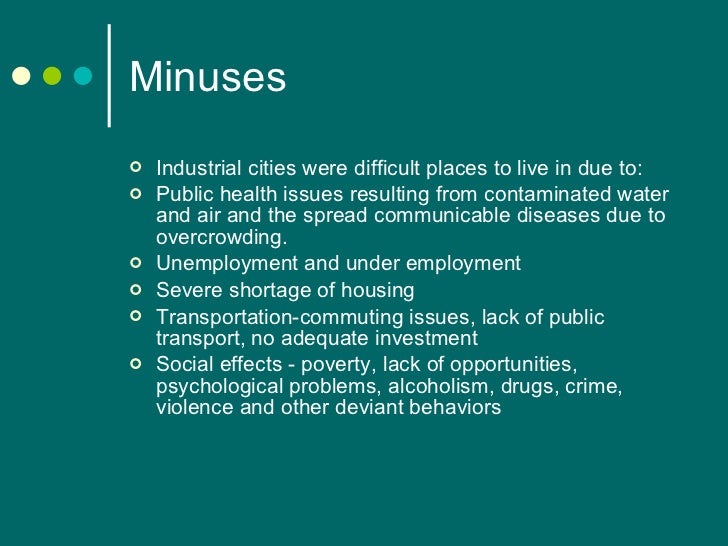Urbanization
Urbanization means an increase in the proportion of people living in urban areas compared to rural areas.
Source: http://www.bbc.co.uk/schools/gcsebitesize/geography/urban_environments/urbanisation_medcs_rev1.shtml
Major causes of urbanization (from civil service India):
Following are the main causes of urbanization:- Industrial revolution: Industrial employment catches the attention of people from rural to urban areas. In the urban areas, people work in modern sector in the occupations that assist national economic development. This represents that the old agricultural economics is changing to a new non-agricultural economy. This is the trend, which will build a new modern society (Gugler 1997).
- Emergence of large manufacturing centres.
- Job opportunities: There are ample job opportunities in mega cities therefore village people or individuals from town frequently migrate to these areas.
- Availability of transportation: Due to easy transport, people prefer to stay in big cities.
- Migration: Migration is main cause for rapid growth of mega-cities. Migration has been going on over centuries and it is normal phenomenon. When considering urbanization rural-urban and urban-rural and rural-rural migrations are very important. Urban-urban migration means that people move from one city to another. People may move to the city because they are forced by poverty from rural community or they may be pulled by the magnetism of city lives. Combination of these push and pull factors can force people to migrate to cities (Gugler 1997).
- Infrastructure facilities in the urban areas: Infrastructure has vital role in the process of urbanization in the development of countries. As agriculture becomes more fruitful, cities grow by absorbing workforce from rural areas. Industry and services increase and generate higher value-added jobs, and this led to economic growth. The geographic concentration of productive activities in cities creates agglomeration economies, which further raises productivity and growth. The augments income and demand for agricultural products in cities.
- Growth of private sector.
Source: http://www.civilserviceindia.com/subject/General-Studies/notes/urbanization-their-problems-and-their-remedies.html
Effects of urbanization



Source: http://www.slideshare.net/saiyangoku/5effects-of-urbanization
Squatter settlements/shanty towns (from GDRC)

Source: http://fijione.tv/programme-aims-to-improve-medical-access-for-fiji-squatter-settlements/
A squatter settlement therefore, can be defined as a residential area which has developed without legal claims to the land and/or permission from the concerned authorities to build; as a result of their illegal or semi-legal status, infrastructure and services are usually inadequate. There are essentially three defining characteristics that helps us understand squatter settlement: the Physical, the Social and the legal with the reasons behind them being interrelated.
Physical Characteristics:
A squatter settlement, due to its inherent "non-legal" status, has services and infrastructure below the "adequate" or minimum levels. Such services are both network and social infrastructure, like water supply, sanitation, electricity, roads and drainage; schools, health centres, market places etc. Water supply, for example, to individual households may be absent, or a few public or community stand pipes may have been provided, using either the city networks, or a hand pump itself. Informal networks for the supply of water may also be in place. Similar arrangements may be made for electricity, drainage, toilet facilities etc. with little dependence on public authorities or formal channels.
Social Characteristics:
Most squatter settlement households belong to the lower income group, either working as wage labour or in various informal sector enterprises. On an average, most earn wages at or near the minimum wage level. But household income levels can also be high due to may income earners and part-time jobs. Squatters are predominantly migrants, either rural-urban or urban-urban. But many are also second or third generation squatters.
Legal Characteristics:
The key characteristic that delineates a squatter settlement is its lack of ownership of the land parcel on which they have built their house. These could be vacant government or public land, or marginal land parcels like railway setbacks or "undesirable" marshy land. Thus when the land is not under "productive" use by the owner, it is appropriated by a squatter for building a house. It has to be noted here that in many parts of Asia, a land owner may "rent" out his land for a nominal fee to a family or families, with an informal or quasi-legal arrangement, which is not however valid under law.
Source: http://www.gdrc.org/uem/define-squatter.html
Problems in shanty towns
Problems in shanty towns
- Overcrowding - the settlement has a high population density.
- Fires - fires can spread quickly.
- Overpopulation - the area does not have enough resources to support the growing population.
- Competition for jobs - jobs are in short supply.
- Disease - poor sanitation and limited health care can lead to the spread of disease.
- Lack of space - the newest and poorest arrivals may be forced to live on the worst quality land.
- Infrastructure - services are poor, public transport is limited and connections to the electricity supply can be limited and sometimes dangerous.
Source: http://www.bbc.co.uk/schools/gcsebitesize/geography/urban_environments/urbanisation_ledcs_rev2.shtml
Strategies to reduce the negative impacts of urbanization
Sustainable cities (from bitesize)
Many people are working towards trying to make cities more sustainable. A sustainable city offers a good quality of life to current residents but doesn't reduce the opportunities for future residents to enjoy.
Key features of a sustainable city
- Resources and services in the city are accessible to all
- Public transport is seen as a viable alternative to cars
- Public transport is safe and reliable
- Walking and cycling is safe
- Areas of open space are safe, accessible and enjoyable
- Wherever possible, renewable resources are used instead of non-renewable resources
- Waste is seen as a resource and is recycled wherever possible
- New homes are energy efficient
- There is access to affordable housing
- Community links are strong and communities work together to deal with issues such as crime and security
- Cultural and social amenities are accessible to all
- Inward investment is made to the CBD
A sustainable city will grow at a sustainable rate and use resources in a sustainable way.
Source: http://www.bbc.co.uk/schools/gcsebitesize/geography/urban_environments/urbanisation_medcs_rev6.shtml

No comments:
Post a Comment